
NASA’s New Telescope Could Detect Alien Life In Just Hours, Scientists Say
For decades, the search for extraterrestrial life has been one of humanity’s greatest scientific quests. From scanning distant planets for signs of habitability to decoding mysterious radio signals from deep space, scientists have long wondered if we are truly alone in the universe. Now, with NASA’s newest space telescope preparing to launch, that question may finally get an answer — and much faster than previously imagined. According to leading scientists, this powerful new telescope could detect signs of alien life in just a matter of hours.
The telescope in question is the Habitable Worlds Observatory (HWO) — a next-generation space telescope designed specifically to search for life-supporting planets beyond our solar system. Scheduled for launch in the 2030s, the HWO will combine advanced light-filtering technologies with high-resolution imaging to analyze the atmospheres of exoplanets — planets that orbit stars outside our solar system. What makes this mission groundbreaking is the telescope’s ability to detect biosignatures: chemical markers in a planet’s atmosphere that may indicate the presence of life.
Traditionally, such observations have taken weeks, months, or even years. But thanks to innovations in optics, artificial intelligence, and data processing, the HWO will be able to scan the atmospheric composition of potentially habitable exoplanets in just a few hours. That means scientists won’t have to wait years to know whether a planet has oxygen, methane, or other gases commonly associated with living organisms.
Dr. Lisa Kaltenegger, an astrophysicist and director of the Carl Sagan Institute, emphasized the significance of this capability. “With the Habitable Worlds Observatory, we’re not just looking for planets anymore,” she said. “We’re searching for life — and we’ll know almost immediately whether we’ve found something truly remarkable.”
The key to this speed lies in the telescope’s spectrographic sensors, which can detect the faintest changes in starlight as it passes through a planet’s atmosphere. When a planet transits — or passes in front of — its star, the starlight becomes slightly altered by the gases in the planet’s atmosphere. By analyzing these alterations, scientists can determine the presence of water vapor, carbon dioxide, ozone, and even potential pollutants — all of which could hint at biological activity.
Moreover, NASA has announced that the telescope will focus on a set of around 25 nearby exoplanets that are located within the habitable zones of their stars — regions where temperatures are just right for liquid water to exist. These planets have been identified by earlier missions such as Kepler and TESS (Transiting Exoplanet Survey Satellite), but until now, scientists lacked the tools to study them in such depth.
The implications of such rapid detection are enormous. If alien life — even in microbial form — is discovered on one of these nearby worlds, it would fundamentally reshape our understanding of life in the universe. Philosophical, religious, and scientific paradigms would all shift overnight. But even if the telescope finds no clear signs of life, the data it collects will still transform our knowledge of exoplanet atmospheres, planetary formation, and the potential for future colonization.
Critically, the HWO is also designed with future generations in mind. It will be serviceable, much like the Hubble Space Telescope, allowing for upgrades over time as technology improves. This ensures that it remains a vital tool for astronomers for decades to come.
In the words of Dr. Thomas Zurbuchen, former NASA associate administrator for science: “This isn’t just a telescope. It’s our eyes on the future. And the future may contain neighbors we’ve never met.”
News in the same category


Controversial Inventor’s Mysterious Death Sparks Debate Over Alternative Energy Suppression
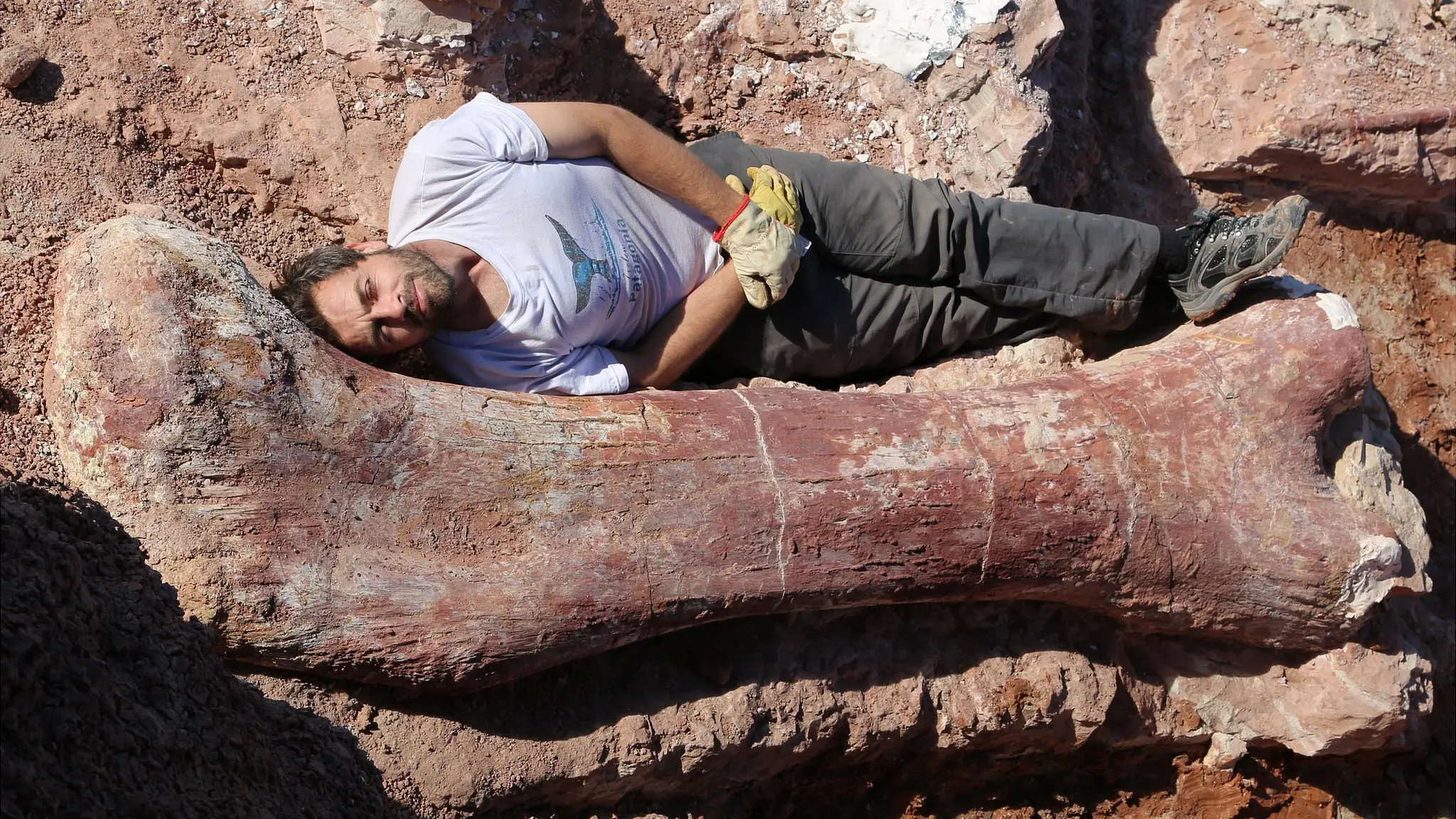
Largest Dinosaur Ever Discovered in Argentina: New Titanosaur Fossil Unearthed

Dark Oxygen" Discovered in Pacific Ocean: A Breakthrough in Understanding Life on Earth and Beyond

Astronomers Trace Decade-long Mystery Radio Signals to Binary Star System 1,600 Light-Years Away

Scientists Warn: Global Warming Could Reach 7°C by 2200, Triggering Catastrophic Climate Disasters
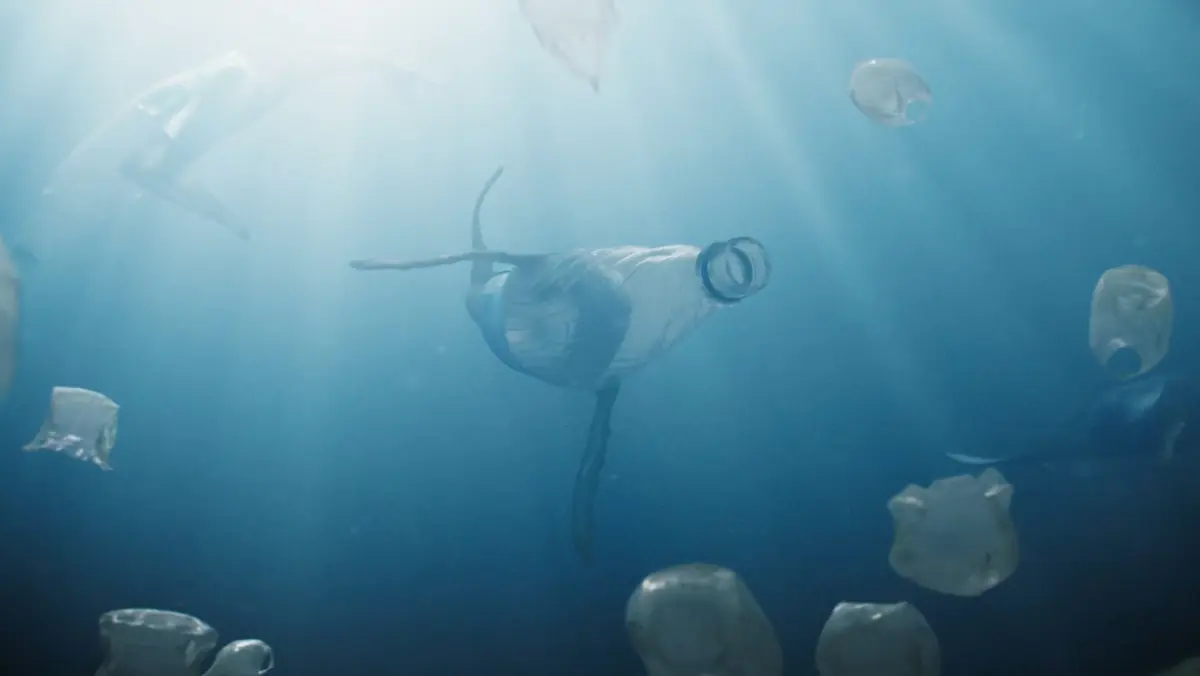
Plastic Bag Found in Mariana Trench: A Deep Warning About Ocean Pollution

We Are Living in a Moment That No Human Before Us Has Ever Witnessed—An Actual Photograph of a Sunset on Mars

Experts Clash Over Claims Of Vast Underground City Beneath Pyramids — Discovery Sparks Global Debate

Is Death an Illusion? Quantum Physics Offers a Surprising Perspective

7 Signs Of Intestinal Parasites Living Inside Your Body

This 4,500-Year-Old Scroll May Have the Answer to Who Built the Pyramids
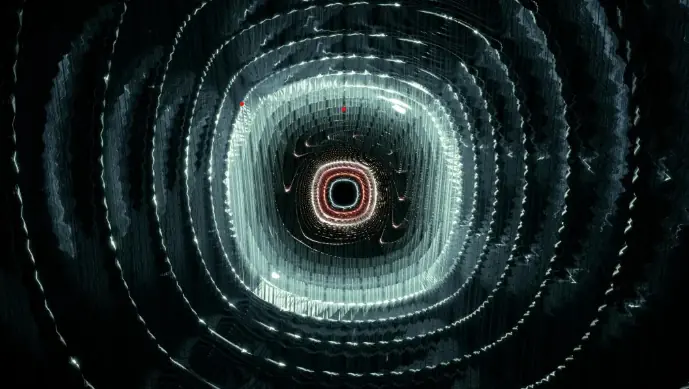
The Universe Could Undergo A ‘Catastrophic Change’ That Could Alter Absolutely Everything, Quantum Machine Warns

how to eat eggs

7 proofs that Jesus really existed
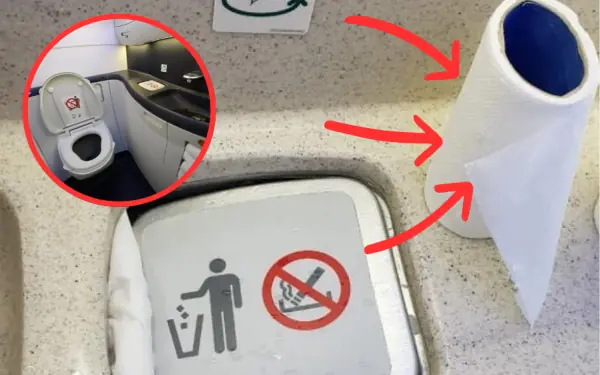
Never use toilet paper on an airplane

Eggs should not be stored in the refrigerator door

Actually it is
News Post
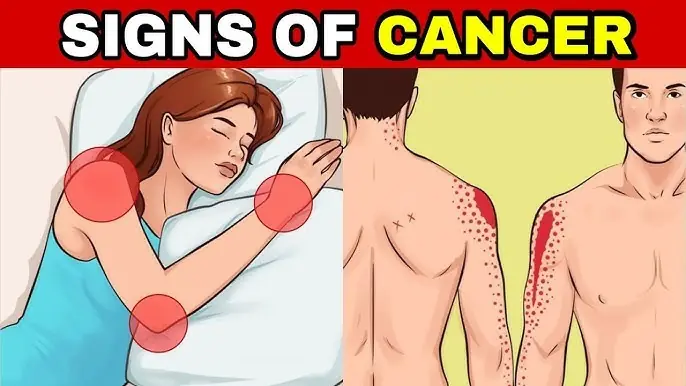
5 Early Cancer Symptoms You Must Not Overlook

Sleeping on your left side affects your health in ways you would have never thought
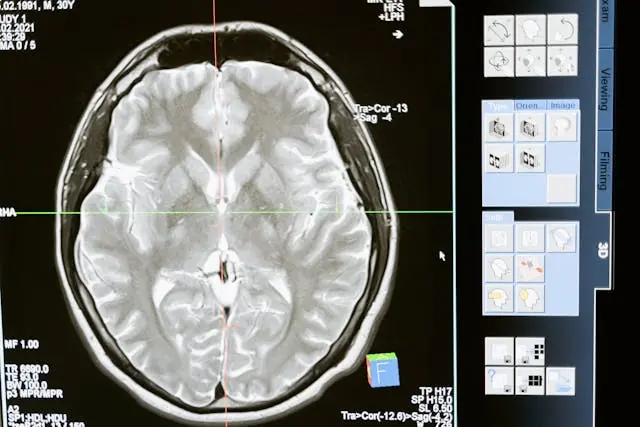
After Being Diagnosed With Dementia at 49, Man Realized The Subtle Red Flag in His Work That Made Him Realize Something Was Wrong

Astronomer Rides Simulation To The Edge Of The Universe—Chasing Light From The Big Bang

🌿 18 Reasons Why Oregano (Orégano Orejón) Should Be a Staple in Your Home

Controversial Inventor’s Mysterious Death Sparks Debate Over Alternative Energy Suppression

🌬️ Persistent Cough, Mucus Buildup, or Lung Congestion? Try This Powerful Natural Onion Remedy

4 common morning habits that may increase your risk of stroke

This Herbal Tea Can Help with Diabetes, Liver Health, High Blood Pressure, and Poor Circulation

🍹 Boost Your Body Naturally: 6 Juice Recipes for Common Health Issues

Man Dips Finger In Yellowstone Hot Spring, Accidentally Falls In And Dissolves Within A Day
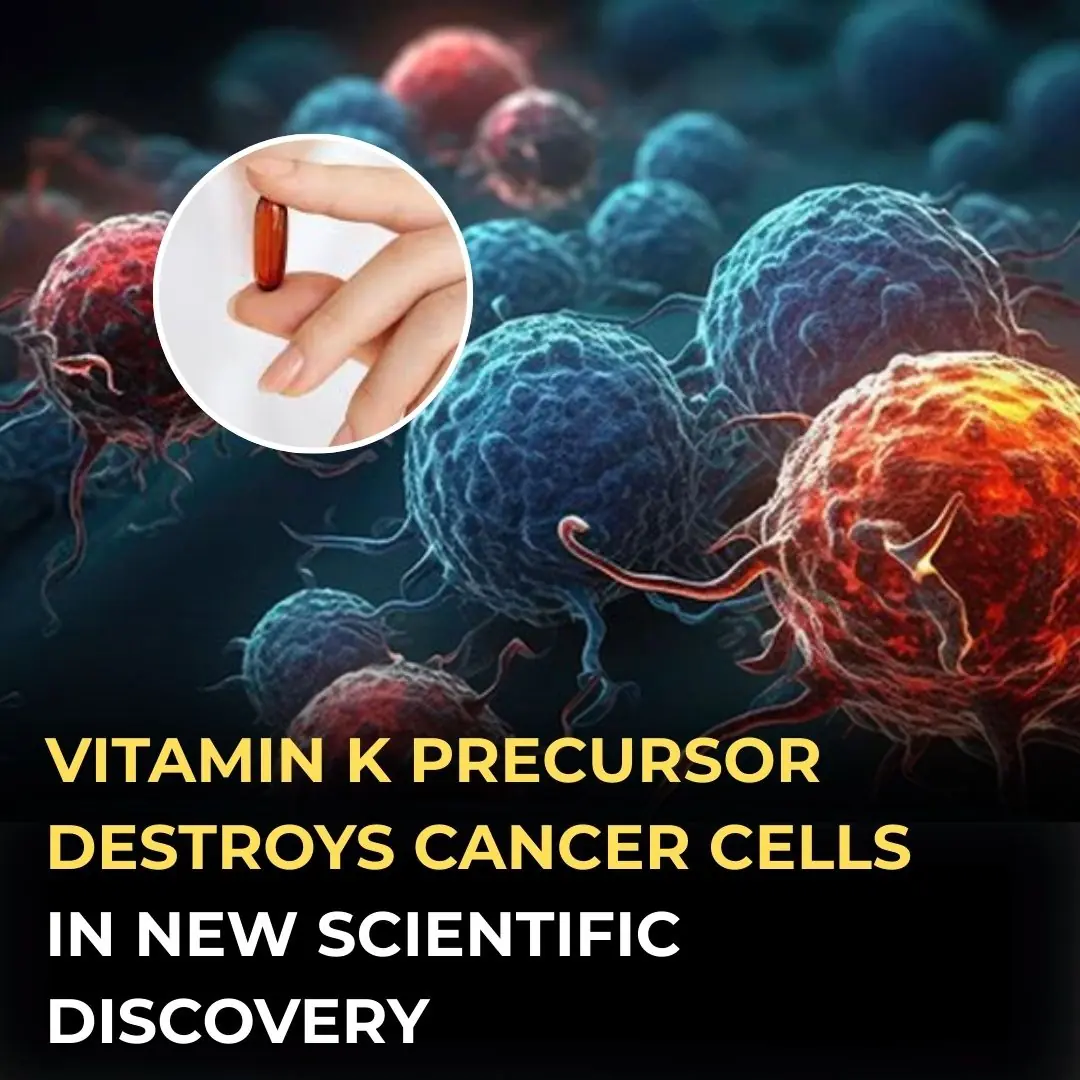
Vitamin K Precursor Found to Target and Destroy Cancer Cells in Latest Research

Naturally Reverse Early Tooth Decay: 6 Proven Tips to Strengthen Enamel and Fight Cavities!

The Beauty Benefits of a Coffee and Vaseline Face Mask: A Natural Wrinkle-Reducer?

I always hated my father because he was a motorcycle mechanic, not a doctor or lawyer like my friends’ parents.

A STRANGER GAVE MY TODDLER $20 IN TARGET—AND THEN TOLD ME WHY

WOUNDED VETERAN STARTS PICKING UP TRASH—AND PEOPLE START WHISPERING BEHIND MY BACK

I GAVE A STRANGER MY BREAK TIME—AND PEOPLE STARTED WHISPERING

MY WIFE LEFT ME AND OUR TWO KIDS FOR A RICH MAN — WHEN WE MET AGAIN TWO YEARS LATER, KARMA HAD THE FINAL WORD
